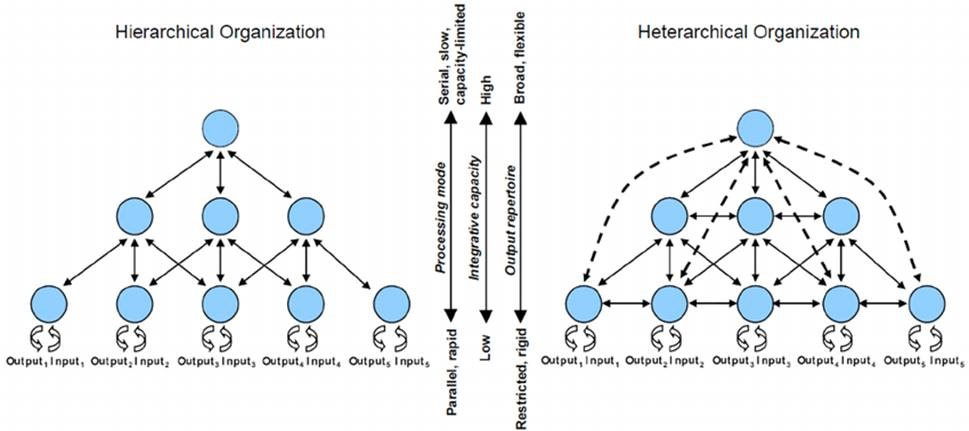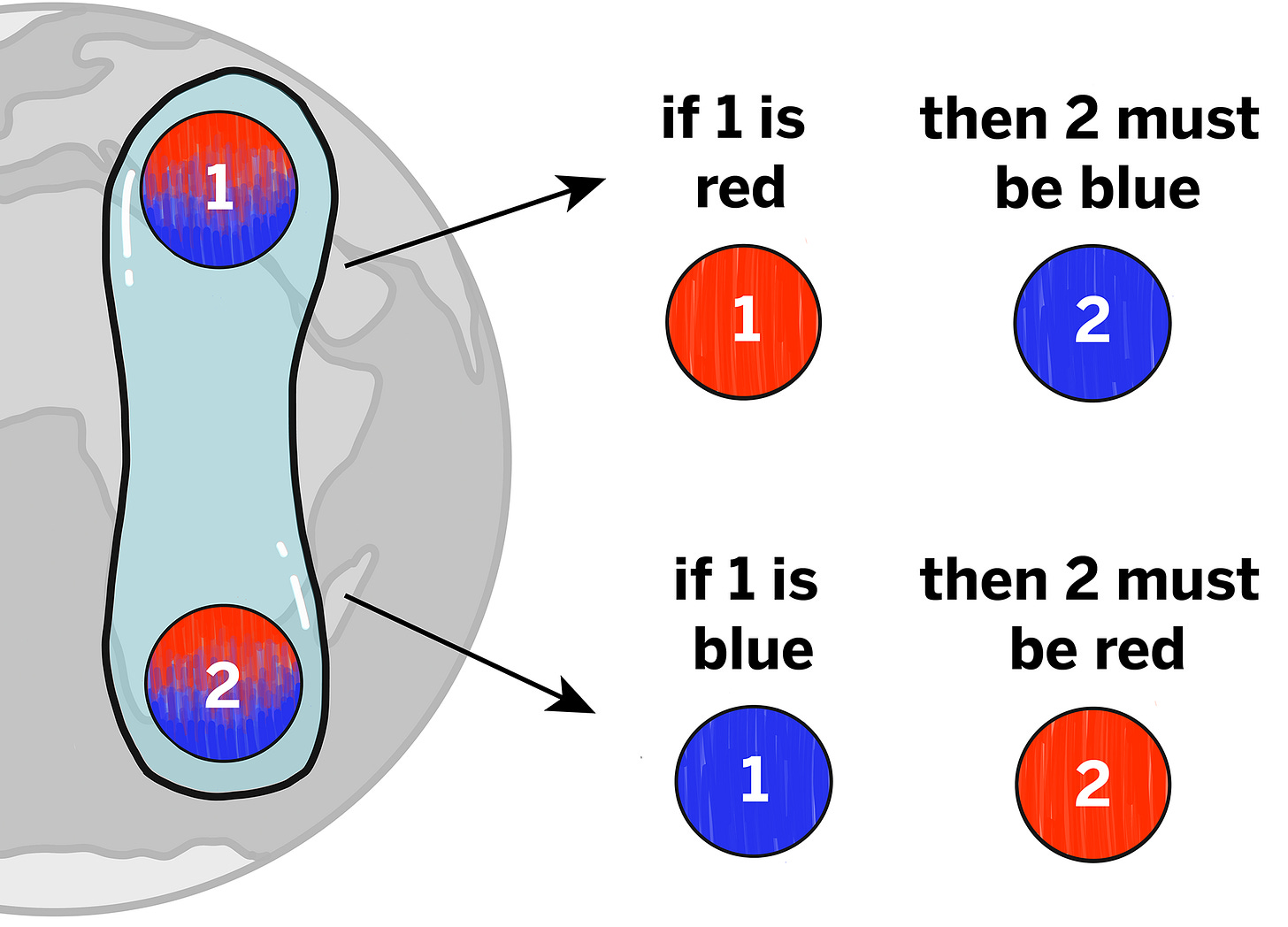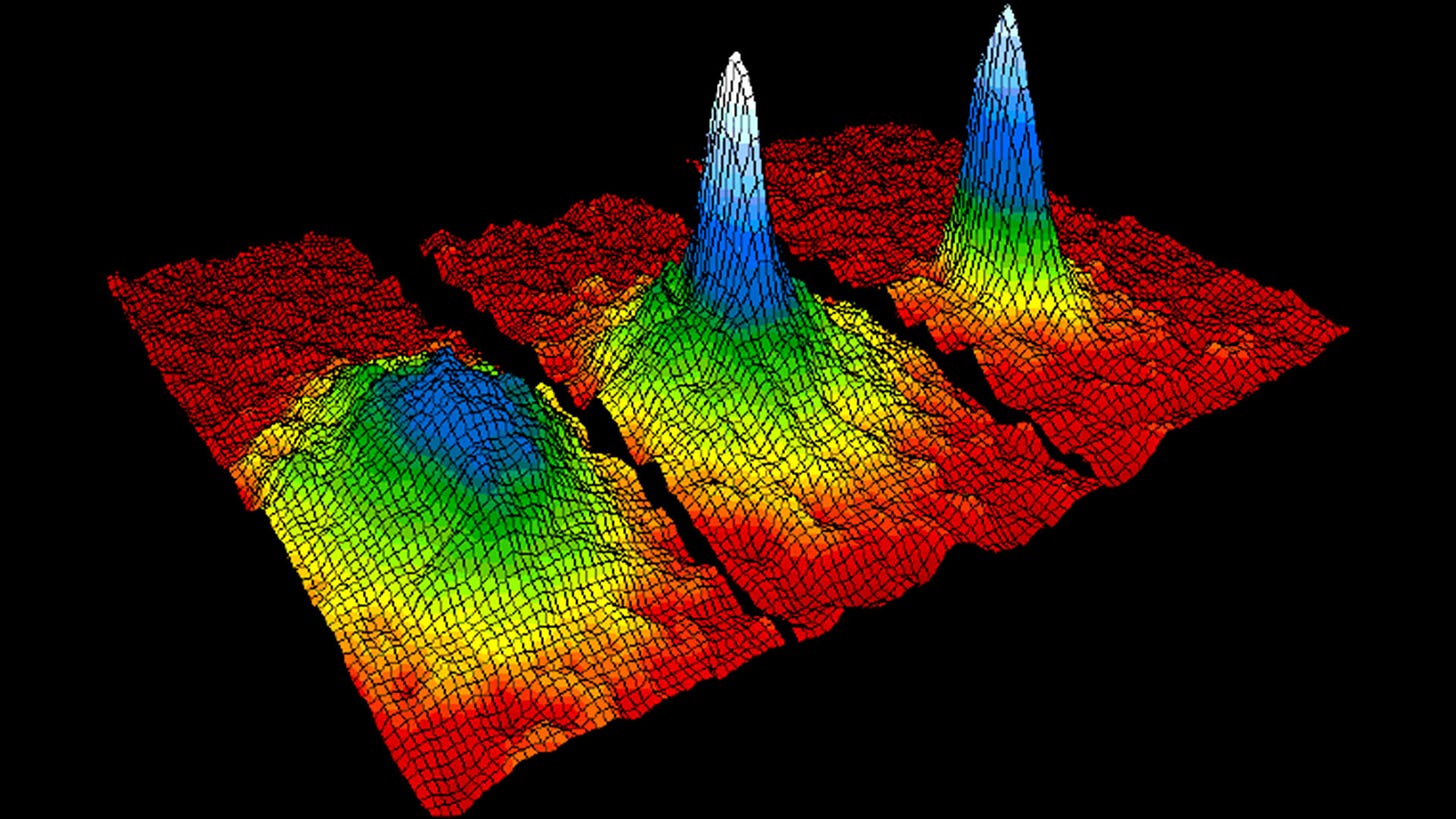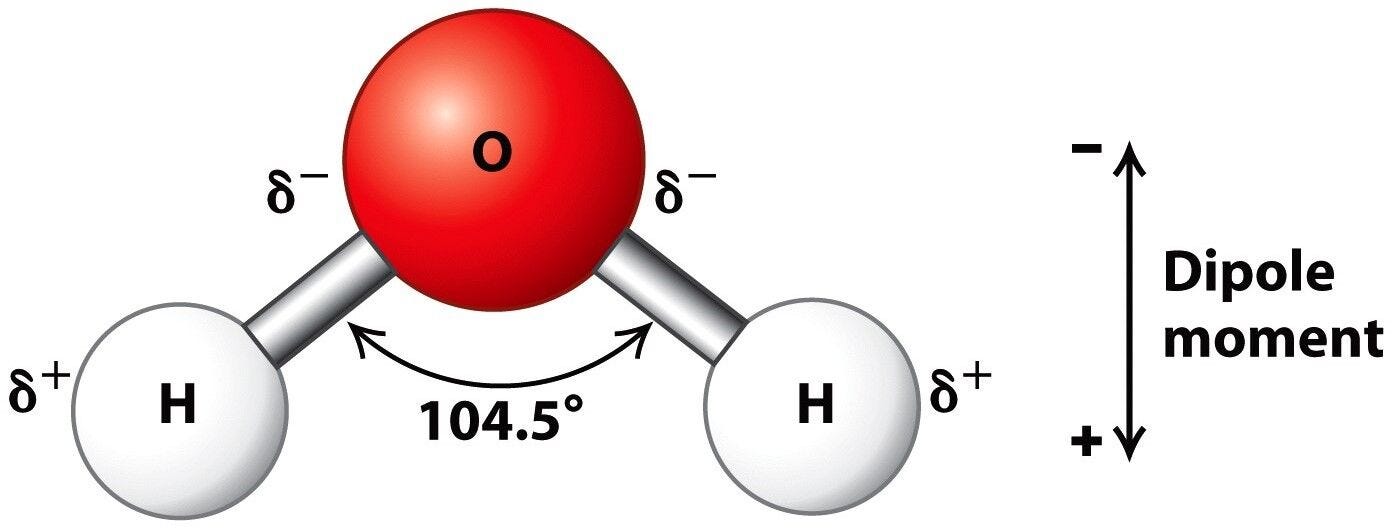Fröhlich Coherence
How the warm, wet environments of biology feed coherence, rather than destroy it.
A unifying feature of biology is coherence. Somehow, in the rich and complex milieu of chemistry and physics, molecules, organelles and hormones organise harmoniously with one another. Enzyme and substrate coalesce at precise locations at precise times over and over again. Trillions of cells collaborate as if each one receives a global, instantaneous transfer of information. Quantum mechanical effects are more than a mere curiosity now, they are becoming the only way in which we can make sense of the impenetrable complexity of living systems and their robust adaptive capacity.
The coherence exhibited by organisms is a problem that continues to plague biology — one that is dealt with in standard biology courses by omission. One might be tempted to wonder how biochemical cycles flow so seamlessly; how substrate becomes product in such a highly curated manner. Such precision cannot be governed simply by laws of random motion. But if there are guiding forces that establish and foster coherence across the entire organism, it becomes possible to conceptualise a model where each action is informed by, and itself informs the whole. From here, quandaries such as biological quantum coherence become relatively trivial and explainable through the presence of a unified mode which the organism can become tuned to.
“In steady state systems, the flow of energy through the system from a source to a sink will lead to at least one cycle in the system.”
— Harold Morowitz

The concept of quantum processes taking place in highly complex systems like living systems goes back almost a century. A focal point of Erwin Schrödinger’s classic, “What is Life?”, quantum biological effects have a long and under-appreciated history. Quantum systems have been viewed as rare (and almost exclusively artificial) exceptions to the classical world we interact with. This is because to maintain the ‘quietness’ of a quantum system, things are cooled to almost absolute zero (-273 °C) such that thermal motion does not ‘disturb’ any potential for tunnelling, entanglement, superposition etc. — phenomena that contradict our classical world view, where information can travel faster than the speed of light and particles can be in two places simultaneously.

On this basis (and also due to the focus of biology shifting towards a molecular biology approach1) Schrödinger’s insights were relegated to a realm of dreams. Biology is simply too hot and wet to sustain the peaceful coherence enjoyed near absolute zero. But what if instead of destroying quantum coherent states, the presence of heat and hydrated dipolar molecules actually drives whole-organism coherence rather than destroying them? This is precisely the idea put forward by Herbert Fröhlich in 1968.
“Like so many works that have had a great impact on human thinking, it makes points that, once they are grasped, have a ring of almost self-evident truth; yet they are still blindly ignored by a disconcertingly large proportion of people who should know better. How often do we still hear that quantum effects can have little relevance in the study of biology…?”
— Roger Penrose’s forward in Schrödinger’s 1991 reprint of “What is Life?”
Professor of solid state physics at the University of Salford and twice nominated for the Nobel Prize in Physics, Fröhlich published a seminal paper in 1968 titled, “Long-range coherence and energy storage in biological systems”. This paper outlines a theory for a Bose-Einstein condensate analogue for biological systems — what became know as a Fröhlich condensate state, or, Fröhlich coherence.

The foundation of this theory is that the vibratory energy (phonons) from metabolism non-linearly couple together, funnelling into, and sustaining, low frequency oscillations. This resonance is propagated via the rich medium of dipoles who’s oscillations in turn become coherent under this low frequency ‘sink’. This leads to a condensed global collective vibrational mode — a macroscopic coherent oscillation.2
“If you want to find the secrets of the Universe, think in terms of energy, frequency, and vibration”
— Nikola Tesla
Fröhlich condensate states depend on two salient factors:
Constant metabolic ‘pumping’ to provide the higher vibrational modes that ultimately couple together to drive the coherent lower vibrational mode.
A dipole-rich medium capable of being a conduit for these coherent vibratory modes via electromagnetic coupling.3 Dipolar molecules include DNA, microtubules, membranes, proteins, aromatic rings structures (benzene, indole, pyrrole) and perhaps most importantly, water.



